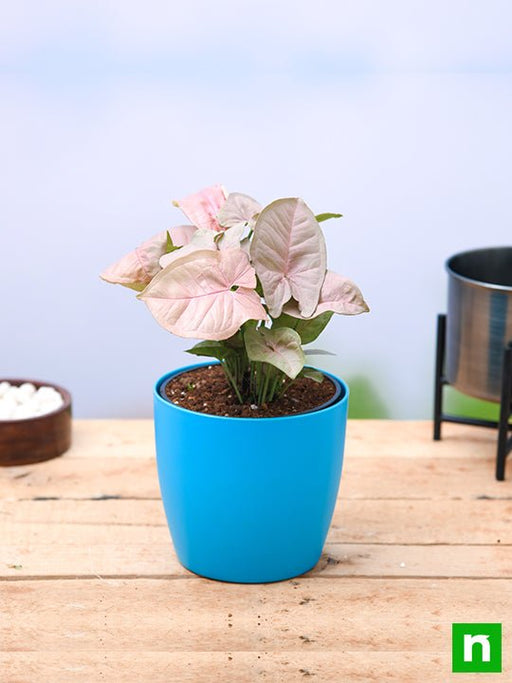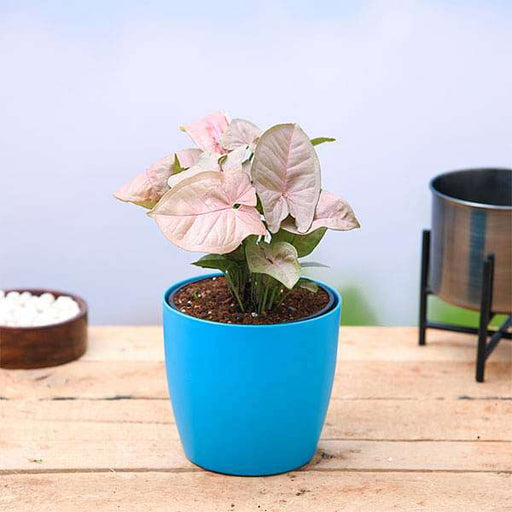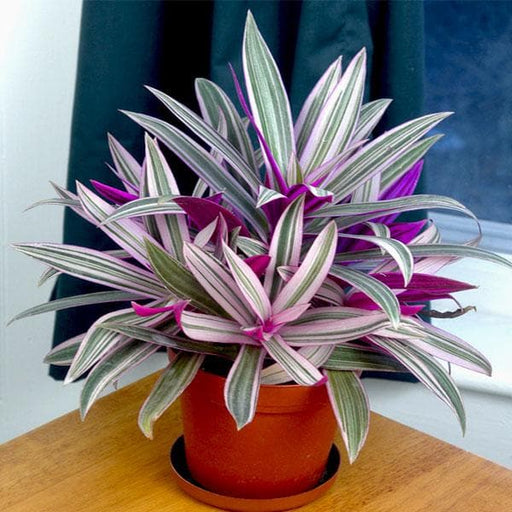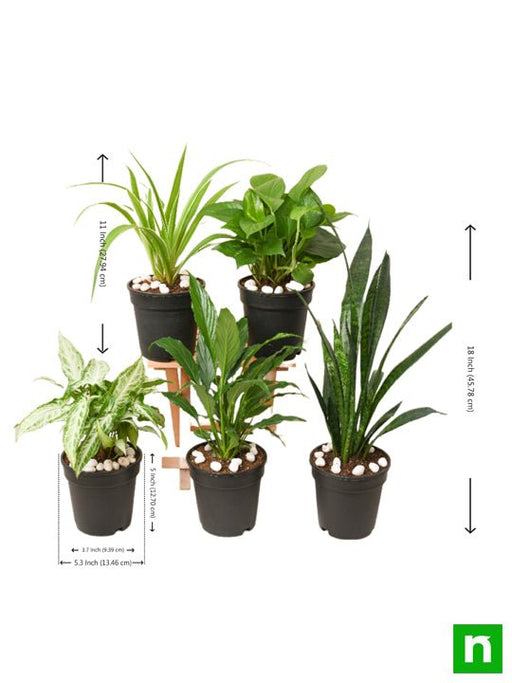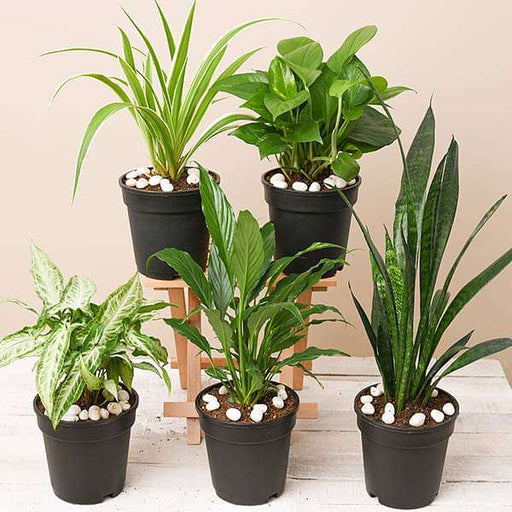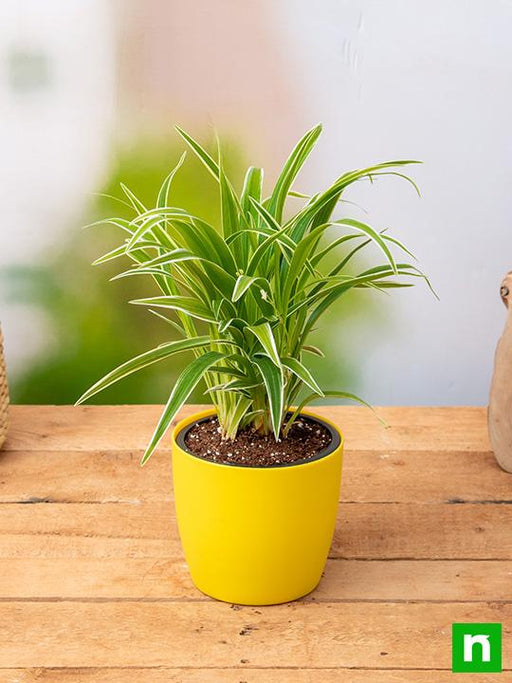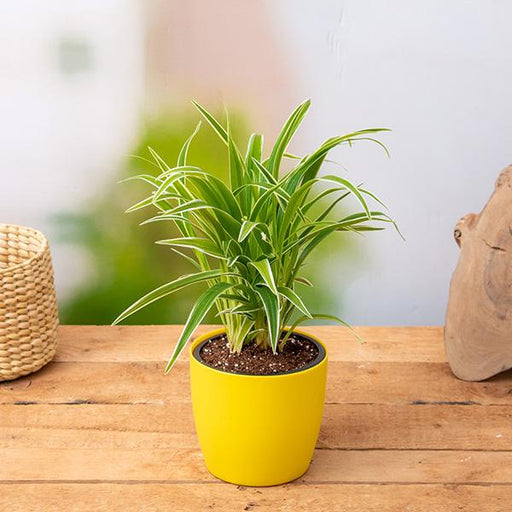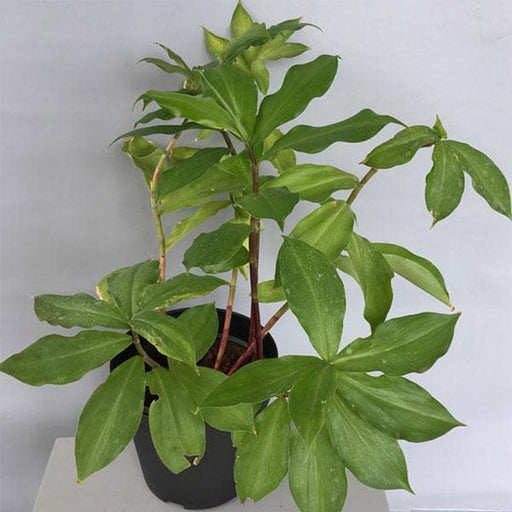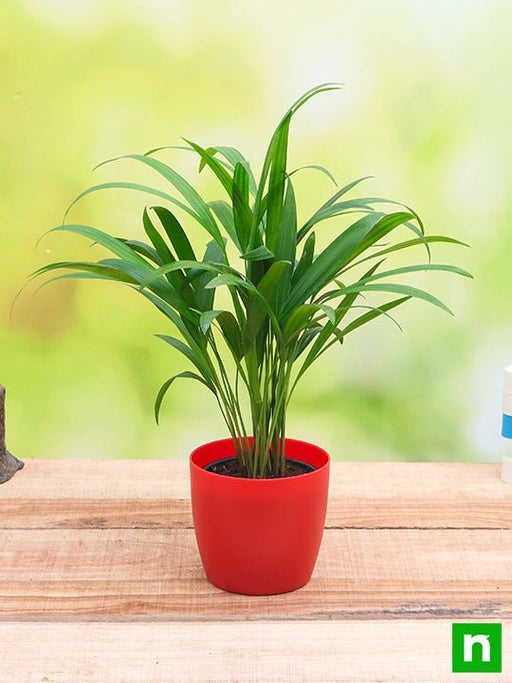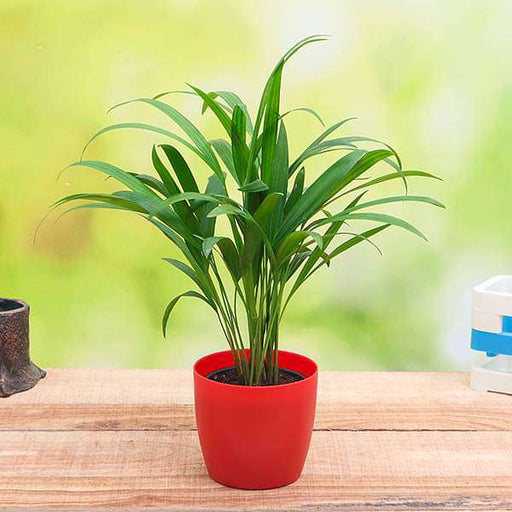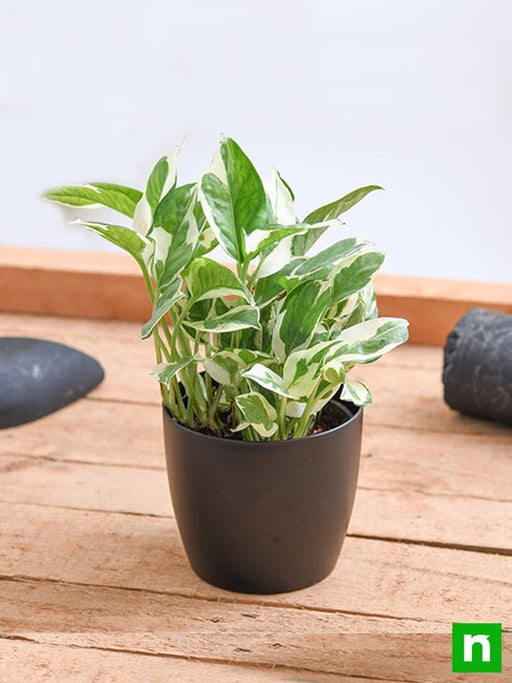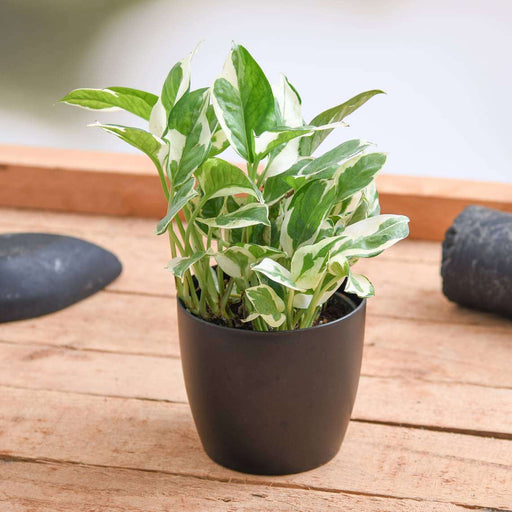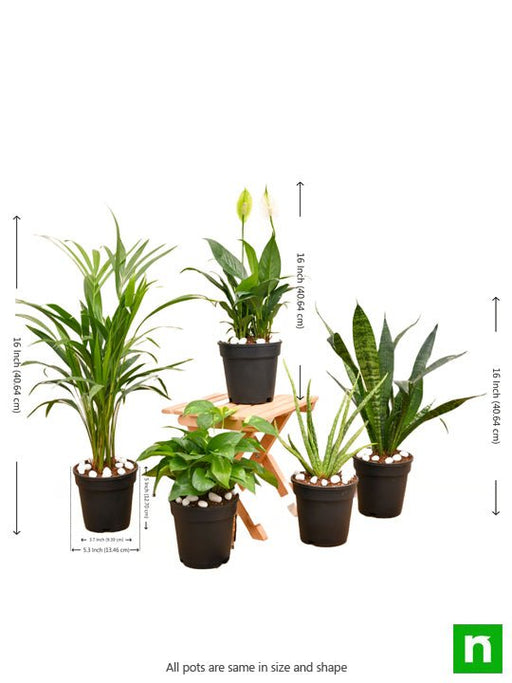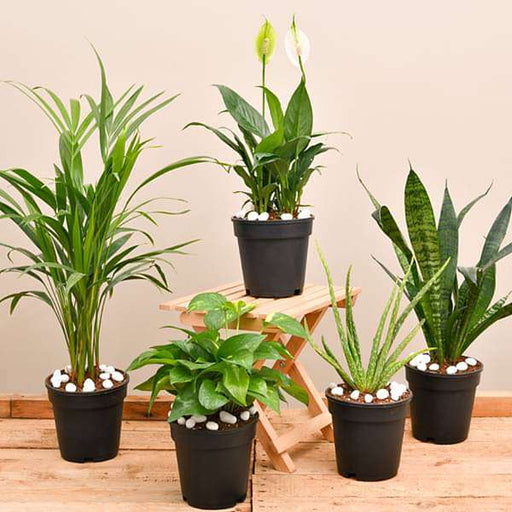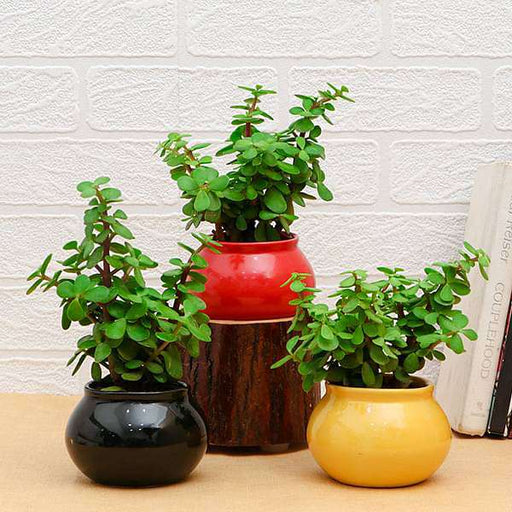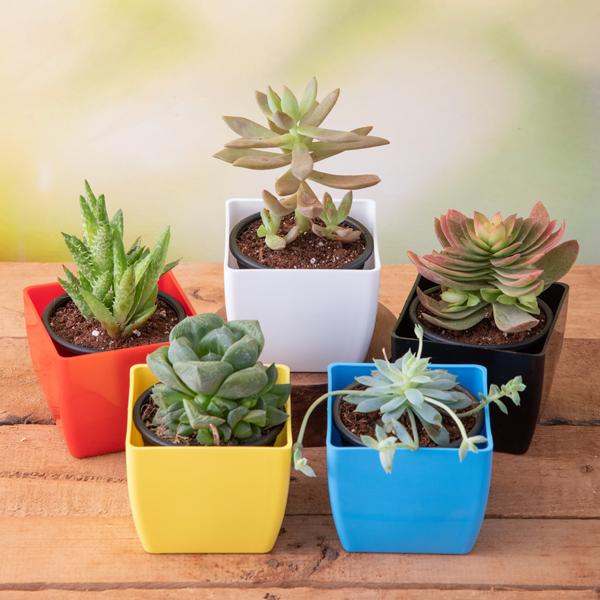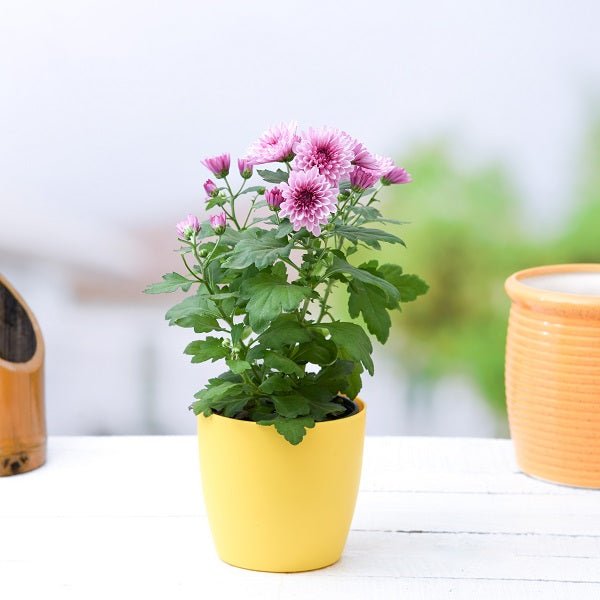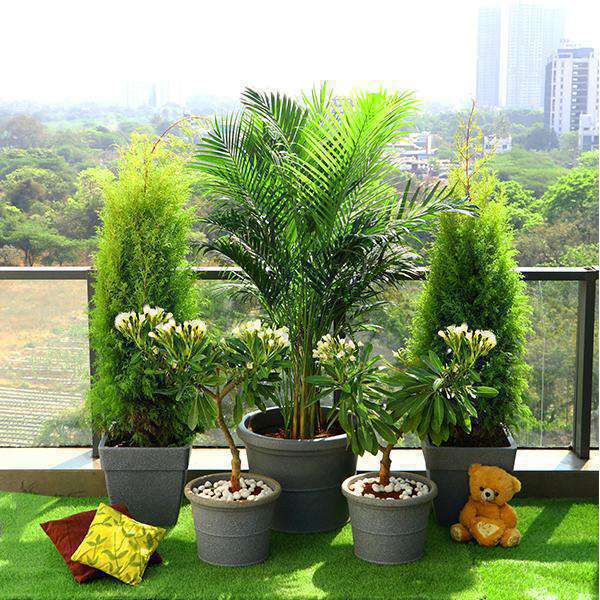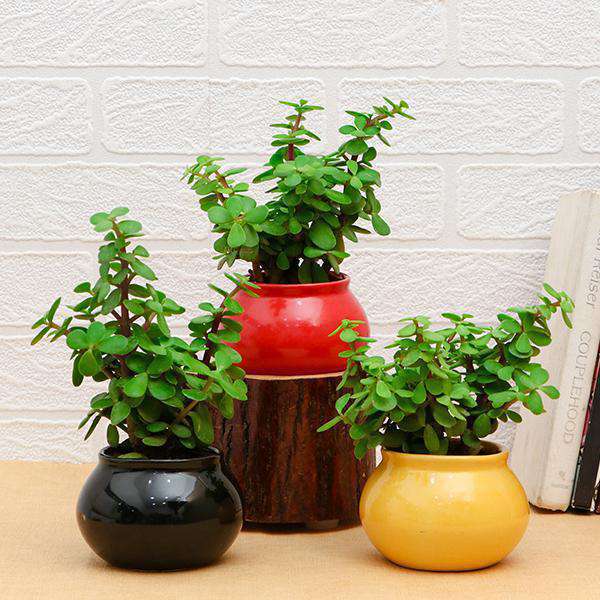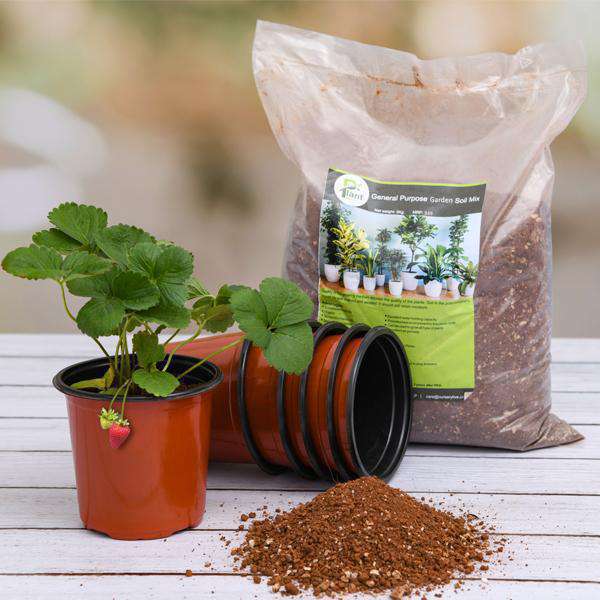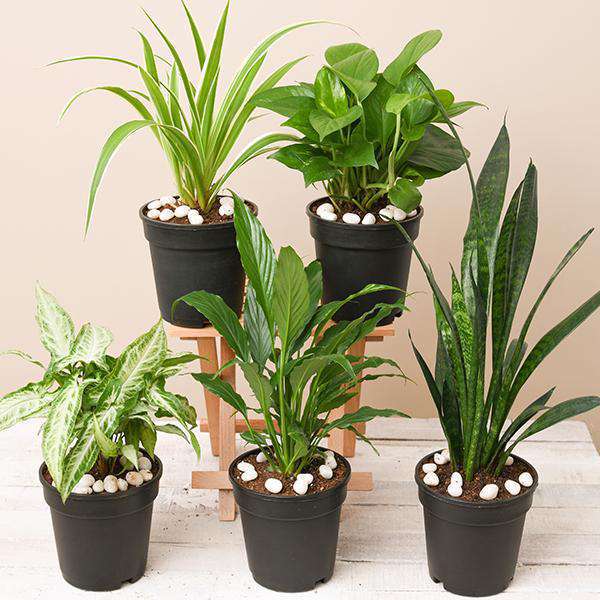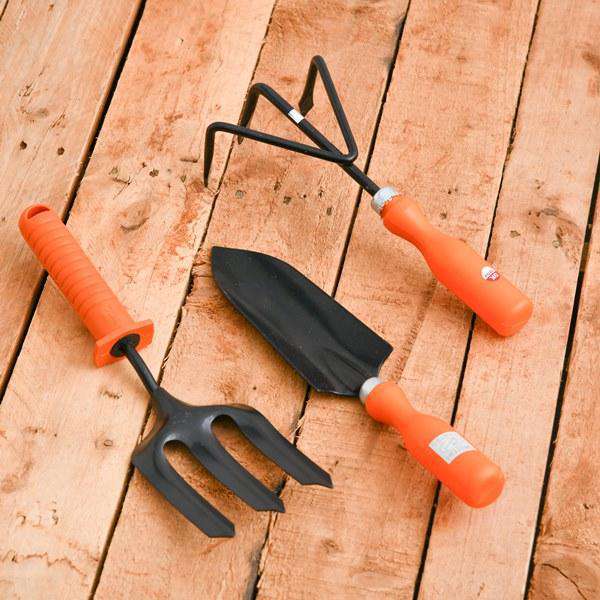Fittonia Albivenis Care
If you think caring for a plant is as easy as watering it and giving it a pep talk, think again! The Fittonia Albivenis, or Red Nerve Plant, is a diva that demands attention. It thrives in high humidity and indirect light, so if your home resembles a desert, it might be time to invest in a humidifier. Keep the soil moist but not soggy, and watch as this beauty rewards you with vibrant leaves that scream, "Look at me!"
Fittonia Albivenis Propagation
Want to multiply your plant family? Propagating Fittonia Albivenis is like playing plant matchmaker. Snip a healthy stem, pop it in water, and wait for roots to emerge. It’s like a reality show for plants—will they find love or wilt in despair? Once rooted, transfer them to soil, and voilà! You’ve got yourself a mini jungle.
Fittonia Albivenis Light Requirements
The Red Nerve Plant is a bit of a light snob. It prefers bright, indirect sunlight, so don’t even think about placing it in direct sun—unless you want to witness a dramatic leaf meltdown. Think of it as a plant that enjoys a cozy café ambiance rather than a scorching beach day.
Fittonia Albivenis Soil Type
The right soil is crucial for your Fittonia Albivenis to thrive. It craves well-draining, rich potting mix that retains moisture without turning into a swamp. A blend of peat, perlite, and vermiculite is like a five-star buffet for your plant. Remember, happy roots equal happy leaves!
Fittonia Albivenis Humidity Needs
If you want your Fittonia Albivenis to flourish, you better bring the humidity! This plant is native to tropical rainforests, so it thrives in a moist environment. If your home is drier than a bone, consider misting it regularly or placing it on a pebble tray filled with water. Your plant will thank you with lush, vibrant foliage.
Fittonia Albivenis Fertilization
Fertilizing your Fittonia Albivenis is like giving it a spa day. During the growing season, a diluted liquid fertilizer every month will keep it looking fabulous. Just remember, too much of a good thing can lead to a plant hangover—so don’t overdo it!
Fittonia Albivenis Pests
Beware, the Red Nerve Plant can attract pests like spider mites and aphids. It’s like a magnet for unwanted guests! Regularly inspect your plant and give it a gentle wash to keep those pesky critters at bay. If they do crash the party, a little neem oil can send them packing.
Fittonia Albivenis Toxicity
Good news for pet lovers! Fittonia Albivenis is non-toxic to cats and dogs. So, while your furry friends may be tempted to nibble on those colorful leaves, you can rest easy knowing they won’t face any plant-related drama.
Fittonia Albivenis Varieties
The world of Fittonia Albivenis is a colorful one! While the Red Nerve Plant is a showstopper, there are other varieties with different leaf patterns and colors. Explore the green, pink, and white options to create a vibrant plant collection that will make your friends green with envy.
Fittonia Albivenis Repotting
Repotting your Fittonia Albivenis is like giving it a new apartment. Choose a pot that’s just a size bigger, and make sure it has drainage holes. Gently loosen the roots and place it in fresh soil. Your plant will feel like it’s moved from a studio to a penthouse!
Fittonia Albivenis Benefits
Beyond its stunning appearance, the Fittonia Albivenis offers air-purifying benefits. It’s like having a tiny environmental superhero in your home, working tirelessly to improve air quality while looking fabulous. Who knew a plant could be both a beauty and a brain?
Fittonia Albivenis Seasonal Care
As the seasons change, so do the needs of your Fittonia Albivenis. In winter, it may require less water and a bit more warmth. Keep an eye on its leaves—if they start drooping, it’s time to adjust your care routine. Think of it as a seasonal wardrobe change for your plant!




